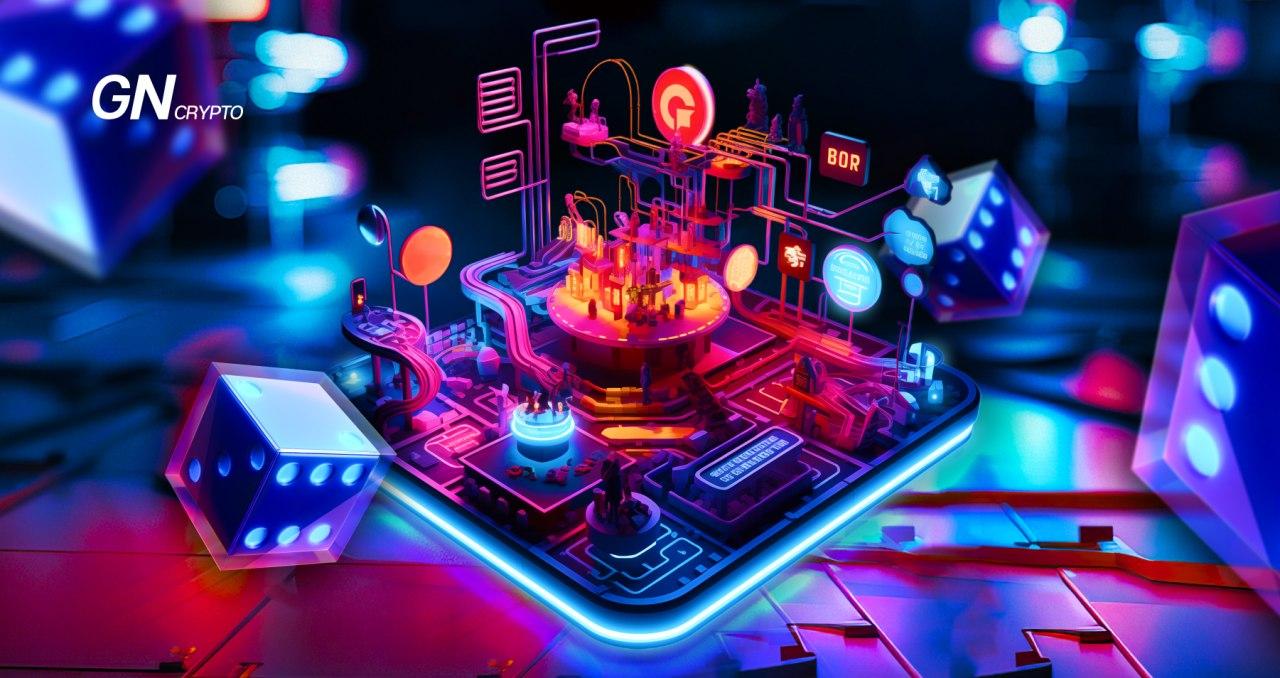What are Quest Platforms in Web3

Web3 quests are a great way to engage new users and show them your project through fun digital adventures, where users embark on quests and get rewarded for completing tasks.
On this page
- How do Web3 Quest Platforms Exactly Work?
- Quest platforms functionality and features
- Why Should You Use Web3 Quest Platforms?
- Reason 1: Web3 quest platforms help with scaling through organic audience growth
- Reason 2: It’s the fastest way to engage the audience with rewards
- Reason 3: Web3 quest platforms have a high level of gamification
- Main Web3 Quest Platforms
- Why Would a User Complete These Quests?
From a marketing perspective, web3 quests can be an effective way to attract new users to your product or community. Plus, they're handy for teaching users about the ins and outs of the product you're working on.
Many platforms help create these quests, which can be a bit overwhelming. In this article we'll walk you through the various available platforms for you to find the most suitable one.
How do Web3 Quest Platforms Exactly Work?
Quest platforms help Web3 projects acquire, engage, and retain users.
Image source: https://generis.agency/
The image above illustrates how Web3 projects use quest platforms to engage users in various tasks, rewarding them upon completion. These tasks span a wide range:
- participating in online challenges;
- providing opinions on new products;
- engaging on social media channels;
- Friend referrals.
The possibilities are vast and depend on your take. Quest platforms act as the middleman, linking users with projects, managing tasks on a large scale, and automatically granting rewards, often through smart contracts.
But why don't Web3 projects directly interact with users? It's similar to a local bakery versus a big supermarket chain. You might sell your cookies to neighbors, but when you collaborate with a supermarket, your cookies reach people far beyond your neighborhood. Or think about a band playing in a local bar versus streaming their music on a global platform like Spotify. These platforms specialize in widening connections and simplifying things, allowing Web3 projects to focus on development, artists to focus on their art, and creators to do what they do best.
Quest platforms functionality and features
- Questboard. This feature allows you to create and personalize user quests, turning tasks into engaging challenges. You can set up quests, define tasks, and tailor rewards, making the whole experience more interactive and fun.
- Leaderboard. As users complete quests, they earn points, contributing to their position on the leaderboard. These accumulated points entitle users to a share from the platform's reward pool at a later stage. Such gamified elements encourage participants to strive for higher rankings by engaging more actively in completing tasks and missions.
- Analytics. Detailed analytics provide insightful data that can be used to refine strategies and optimize campaign performance. By leveraging these analytics, you can gain valuable insights into user behavior, task completion rates, and overall engagement metrics.
- Integrations. Web3 quest platforms enable seamless connections with various social networks, cryptocurrency wallets, and other applications. By linking different platforms and tools, it streamlines the entire workflow, facilitating the automated distribution of rewards based on completed tasks.
Why Should You Use Web3 Quest Platforms?
There are three main reasons:
Reason 1: Web3 quest platforms help with scaling through organic audience growth
Such platforms help boost LTV (Lifetime Value), retention rates, engagement levels, referrals, and conversion rates. They play a crucial role in decreasing customer acquisition costs for both Web2 and Web3 products. By effectively utilizing these quest platforms, companies can significantly enhance their users' lifetime value by fostering continued engagement, encouraging users to stay active within the ecosystem, and enticing them to refer others.
Reason 2: It’s the fastest way to engage the audience with rewards
Quest platforms let your community members join missions where they can complete tasks both on-chain and off-chain to win digital rewards. It's like a fun challenge where you can earn prizes! Plus, when users participate, they can refer others, which helps spread the word about your project.
Reason 3: Web3 quest platforms have a high level of gamification
Web3 quest platforms serve as versatile tools embraced by a diverse range of industries seeking to enhance user engagement, incentivize participation, and drive community growth through gamified experiences and rewarding interactions. Quest platforms are widely used across various sectors, including renowned blockchain games, metaverses, digital asset marketplaces, DeFi protocols enabling decentralized financial services, and Web2 companies.
Main Web3 Quest Platforms
Here are the leading Web3 quest platforms:
But how do you choose the one that best suits your project? Luckily, you don't have to figure it out alone. At Generis, we recommend utilizing different Web3 quest platforms. We'll assess the functionality and tools of each platform and select the most effective one for you.
We specialize in crafting and executing effective Web3 quest campaigns to foster rapid and organic growth within your community. Depending on your project and campaign purposes, we'll collaborate to develop an optimized quest strategy. We carefully design the flow, ensuring that quests get progressively more complex and bring greater impact.
Ready to elevate your project's engagement and growth? Fill out the application form on the Generis website, and let's create an impactful Web3 quest campaign together.
Why Would a User Complete These Quests?
Users are often motivated to complete quests because they offer rewards, usually in the form of digital assets. These rewards hold value and can be used within the project's ecosystem or even traded for fiat money. When users feel connected to a project or platform, they're more inclined to participate in quests, not just for the rewards, but also to show their support.
The gamified nature of quests also plays a significant role. It adds a fun and competitive element that makes completing tasks more enjoyable. People often find satisfaction in overcoming challenges or reaching goals, and quests provide that sense of accomplishment.
In the end, quests aren't just about getting rewards; they're about feeling connected, contributing to something meaningful, and having a bit of fun along the way. This combination of rewards, engagement, and enjoyment motivates users to participate and support the project.
The content on The Coinomist is for informational purposes only and should not be interpreted as financial advice. While we strive to provide accurate and up-to-date information, we do not guarantee the accuracy, completeness, or reliability of any content. Neither we accept liability for any errors or omissions in the information provided or for any financial losses incurred as a result of relying on this information. Actions based on this content are at your own risk. Always do your own research and consult a professional. See our Terms, Privacy Policy, and Disclaimers for more details.


























